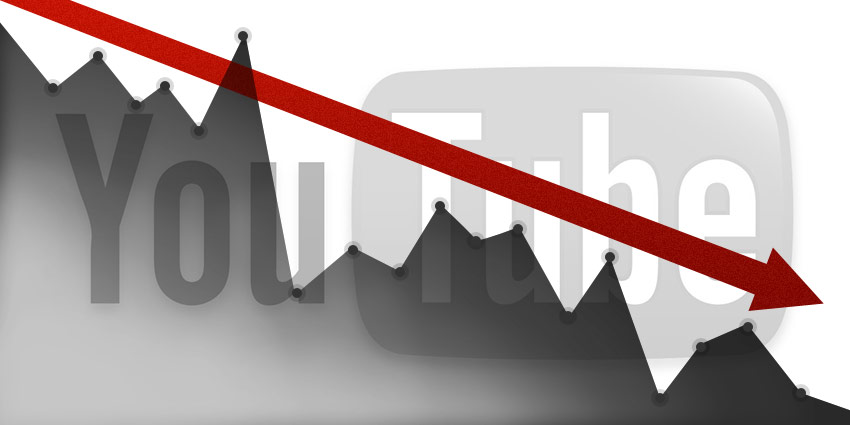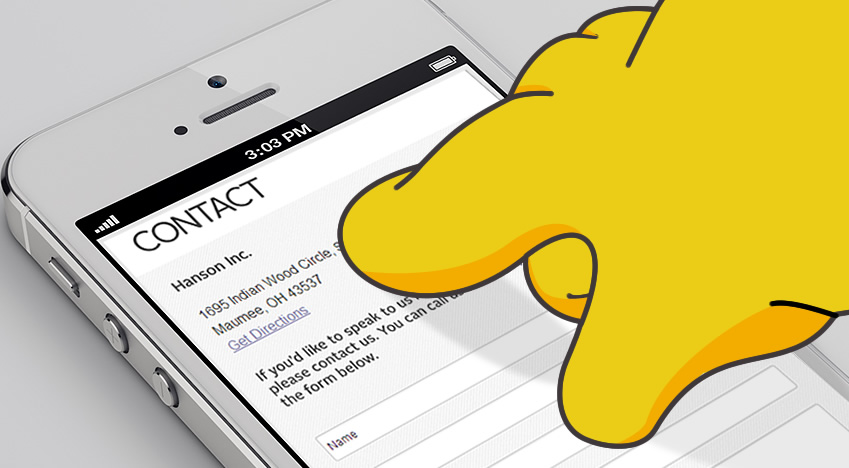4 Reasons to Keep Press Releases Out of Your Company Blog
How many visits and comments does your company blog get? Is that a painful question to answer?
Companies large and small have recognized the immense popularly of blogging and jumped on the bandwagon. But a tour of these brand blogs reveals that many still don’t know why to blog (other than “we should”) or how to blog (beyond the function of WordPress). Indicator number one? Their blogs are full of press releases.
What’s wrong with that? Plenty. Here are four reasons to get the press releases out of your brand’s blog.
1. You already have an online space for press releases.
Chances are you already have a media area on your website—and if you don’t, get one. This is a clearly designated newsroom with information on product launches, safety statistics, executive appointments, etc. Reporters are going straight to your newsroom—not your blog—for media releases and photos.
Make your press room easy to find in your navigation and site map and have a clear contact for more information, and you’ll be a media darling. But don’t locate your blog in this media section. Why? See reason #2.
2. Consumers, not the media, are your blog readers.
A common mistake companies make with their blogs is misidentifying their audiences. Your blog’s audience is your target market, the demographic that you are most trying to reach. A consumer audience generally avoids your press room for the simple reason that they’re not looking for press releases. Press releases are for the media. So if your blog starts looking like your media center, you’re losing your audience.
Where can you tell consumers about new products? Home page banners are great for alerting them to something new and interesting. But if it’s a new product, for example, they want you to point them to the product detail page where they can see for themselves how it will change their life—not to a press release that lists which SKUs the new product replaces.
So put your blog in the ideas / inspiration / how-to or other consumer-facing section of your site. Your customers are already there looking for your tips and tools and other relevant conversations—the stuff you should be talking about on your blog. Which raises the issue of how to frame your content, or reason #3.
3. A press release is not a blog post.
Press releases and blog posts are two distinct forms of content. Press releases are formal announcements, presenting the corporate point of view, and providing names and titles of executives and ready-made quotes about a new product or service.
Blog posts, on the other hand, are conversations. They ask questions of readers, engage other points of view, link to other conversation partners in the industry. They may be humorous, offer a clever tip, share a common experience. Blog posts offer practical information that people are seeking, like How Can I Tell if My Diet and Exercise Routine is Working? or Why Every DIYer Needs a Thickness Planer.
Because they are distinct forms, press releases and blogs need to live in distinct places so their respective audiences can find them—and appreciate them for what they are. But if you think that means your press releases have nothing to offer to your blog, think again. Why? See reason #4.
4. A press release can inspire an engaging blog post.
Get more mileage out of that press release you worked so hard on by looking for a relevant angle for a blog post.
If your company just hired a new CEO, for example, get that press release into your online newsroom and then get the new CEO to answer some fun questions for a blog interview. Whereas the media wants to know his vision for the company (“to increase profits by 25% next year,” according to your press release), your blog readers will be much more interested to learn that he brews his own beer (“my favorite is an IPA”) and is a family man who likes to keep in shape (“I play basketball every Saturday with my daughter”). Your company gets a more human face, and your customers get to relate to a real person who represents your brand.
Same thing with that new product launch mentioned above. Leave the SKUs for the press release but interview the inventor on the blog about what inspired the product. Or invite a representative of your audience to write a guest post about how the product is saving him time or helping her grow her business. Encourage them to be specific, and let their personalities show through.
Weigh each newsworthy event for its potential to spur a new conversation on the blog. If in doubt about whether an idea would make a good blog post, ask yourself: is a member of your target market likely to share this on Facebook or Twitter? A press release titled “Brand X Coconut Oil Product Now Available in 22oz. Size” isn’t likely to get shared by consumers—but a blog post on 15 Non-edible Uses for Coconut Oil might be shared hundreds of times.
In today’s information world, take advantage of every possible channel to spread the word about each new announcement. But make that information relevant to each channel’s audience. Keep press releases in your newsroom and out of your blog, and keep blog posts fresh, engaging and sharable. In time, blog readers will notice the difference and show their appreciation by increased visits, comments and social shares.



